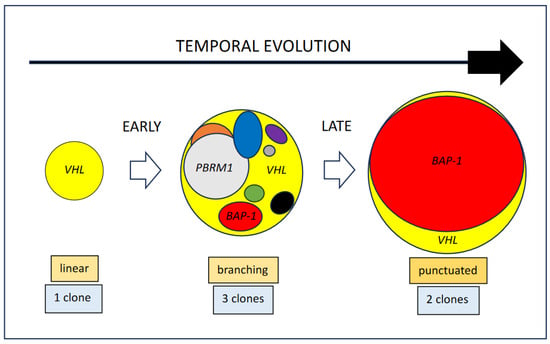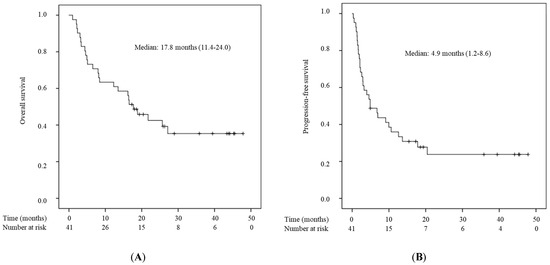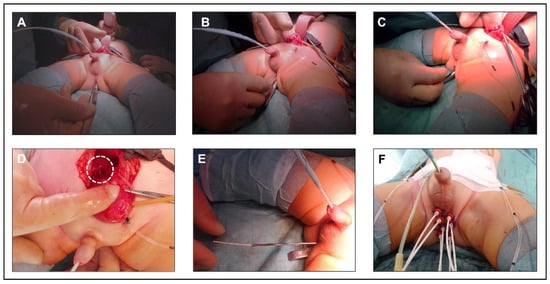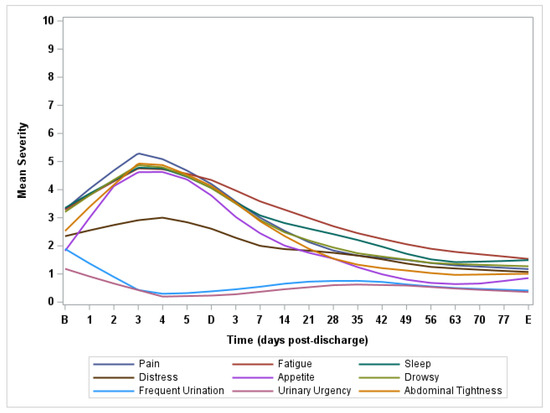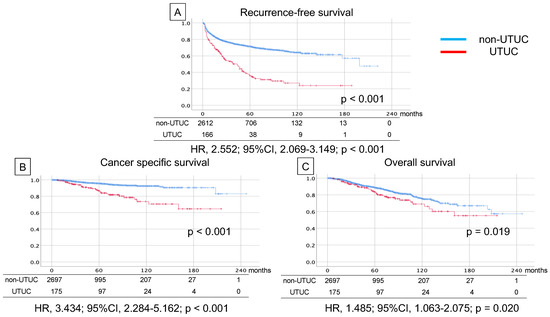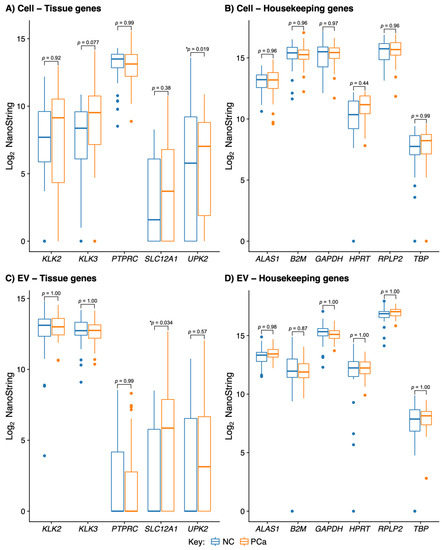Urological Cancer
A topical collection in Cancers (ISSN 2072-6694). This collection belongs to the section "Cancer Therapy".
Viewed by 13917.png)
Editors
Interests: translational uropathology; pathological diagnosis; basic fundamentals of tumor biology
Special Issues, Collections and Topics in MDPI journals
Interests: urogenital and neurosurgical pathology
Special Issues, Collections and Topics in MDPI journals
Topical Collection Information
Dear Colleagues,
Cancer of the urological sphere is a disease continuously growing in numbers in the statistics of tumor malignancies in Western countries. Although this fact is mainly due to the contemporary increase in the life expectancy of the people in these geographic areas, many other factors do also contribute to this growth. Urological cancer is a complex and varied disease of different organs and mainly affects the male population. In fact, kidney, prostate, and bladder cancer are regularly included in the top-ten list of the most frequent neoplasms in males in most statistics. The female population, however, has also increasingly found itself affected by renal and bladder cancer in the last decade. Considering these facts altogether, urological cancer is a problem of major concern in developed societies. This Topical Collection of Cancers intends to shed some light on the complexity of this field, and will consider all useful and appropriate contributions that scientists and clinicians may provide in order to improve urological cancer knowledge for patients’ benefit. The following paragraphs display only a partial view of this complexity.
Renal cancer is probably the best example of inter- and intra-tumor heterogeneity in oncology, and remains a hot topic for clinicians and researchers worldwide. A precise histological and molecular characterization of the papillary group of renal cancer and a better profiling of immunotherapy in clear cell renal cell carcinomas are two of the most challenging areas today.
Prostate cancer is also a polyhedral disease. The correct definition of the so-called clinically insignificant disease; the dilemma of choosing not only between active clinical surveillance versus the focal therapy, but also between radical surgery versus radical radiotherapy; the management of the oligometastatic patient; and the richness of the genomic and epigenomic events underlying this disease will attract the attention of many urologists, pathologists, and basic researchers.
Cancer of the urinary tract also needs a more precise definition, as well as the investigation of several key points. The precise identification of the molecular routes involved; the diagnostic pathological criteria in the grey zones; the dilemma of T1G3 management; and the possible treatment options between superficial, nonmuscle-invasive, and muscle-invasive diseases will be particularly welcomed in this Collection.
Germ cell tumors of the testes still remain a puzzling problem in terms of conceptual tumorigenesis, with several grey zones having an impact in clinics. Basic researchers will find the perfect ground to venture deep into the borderland between anaplastic seminoma and embryonal carcinoma, as well as other poorly understood issues.
Dr. José I. López
Dr. Claudia Manini
Collection Editors
Manuscript Submission Information
Manuscripts should be submitted online at www.mdpi.com by registering and logging in to this website. Once you are registered, click here to go to the submission form. Manuscripts can be submitted until the deadline. All submissions that pass pre-check are peer-reviewed. Accepted papers will be published continuously in the journal (as soon as accepted) and will be listed together on the collection website. Research articles, review articles as well as short communications are invited. For planned papers, a title and short abstract (about 100 words) can be sent to the Editorial Office for announcement on this website.
Submitted manuscripts should not have been published previously, nor be under consideration for publication elsewhere (except conference proceedings papers). All manuscripts are thoroughly refereed through a single-blind peer-review process. A guide for authors and other relevant information for submission of manuscripts is available on the Instructions for Authors page. Cancers is an international peer-reviewed open access semimonthly journal published by MDPI.
Please visit the Instructions for Authors page before submitting a manuscript. The Article Processing Charge (APC) for publication in this open access journal is 2900 CHF (Swiss Francs). Submitted papers should be well formatted and use good English. Authors may use MDPI's English editing service prior to publication or during author revisions.







